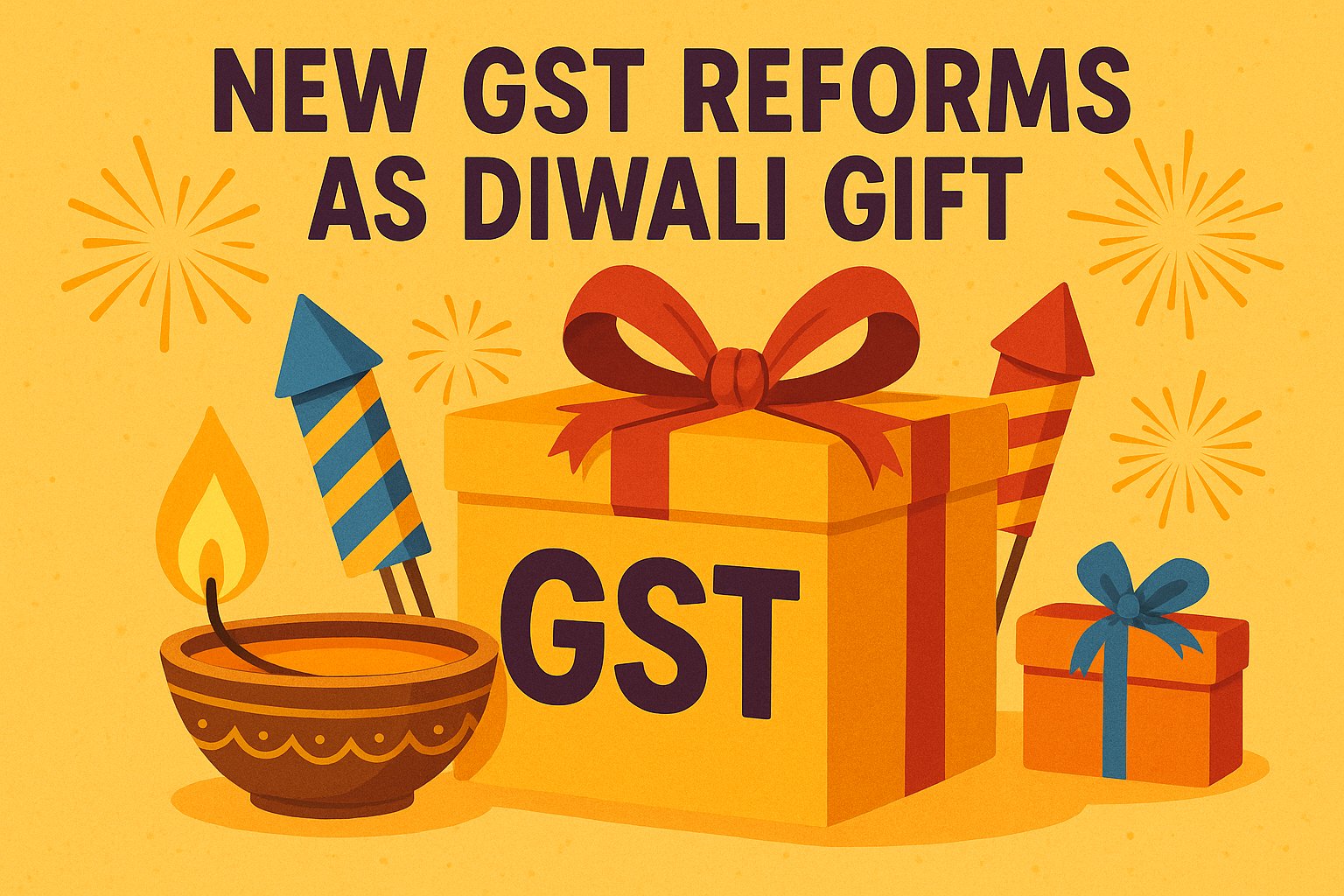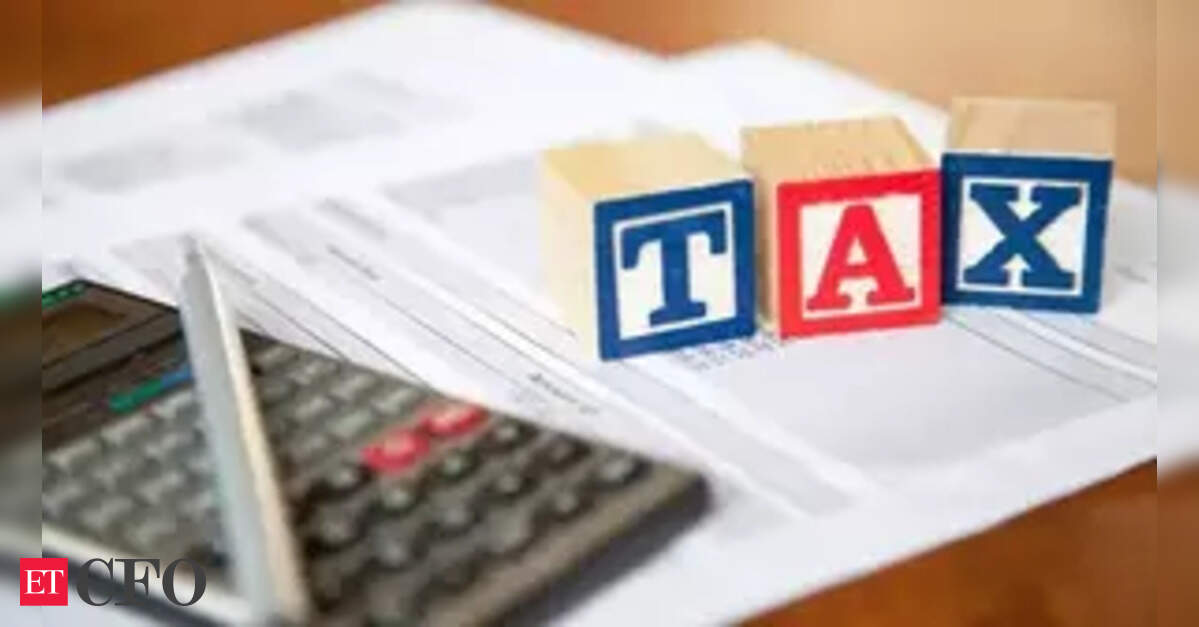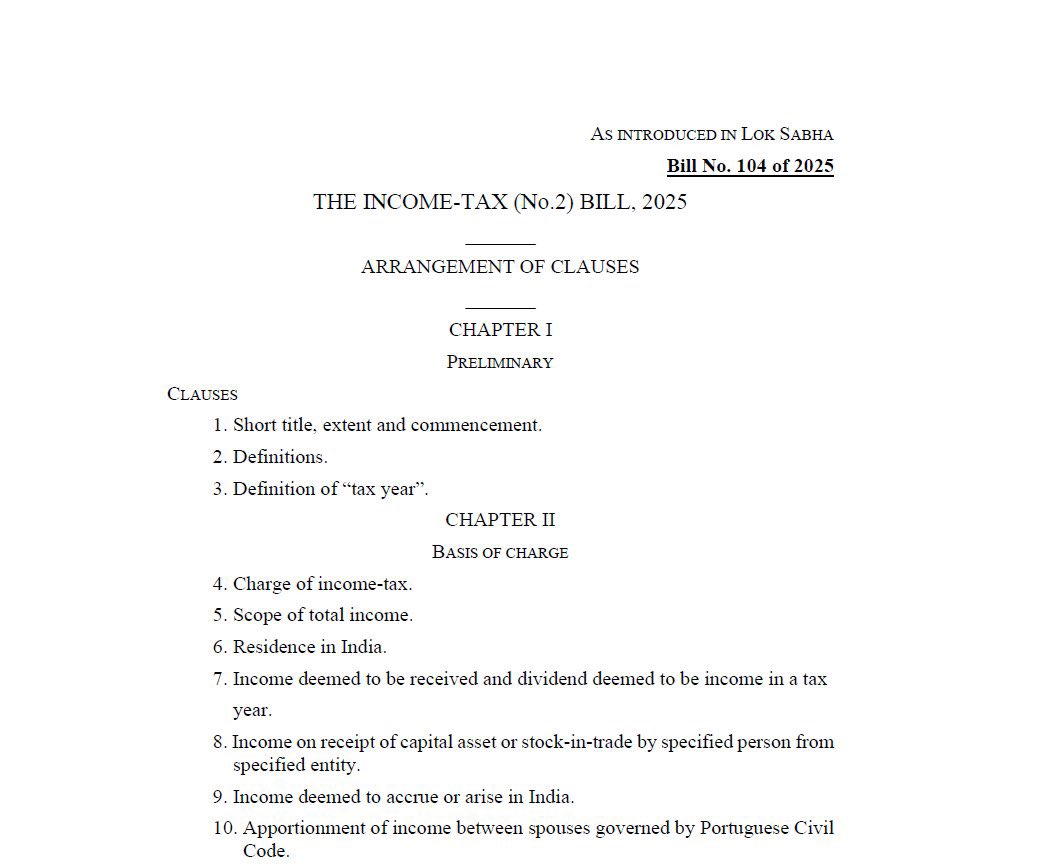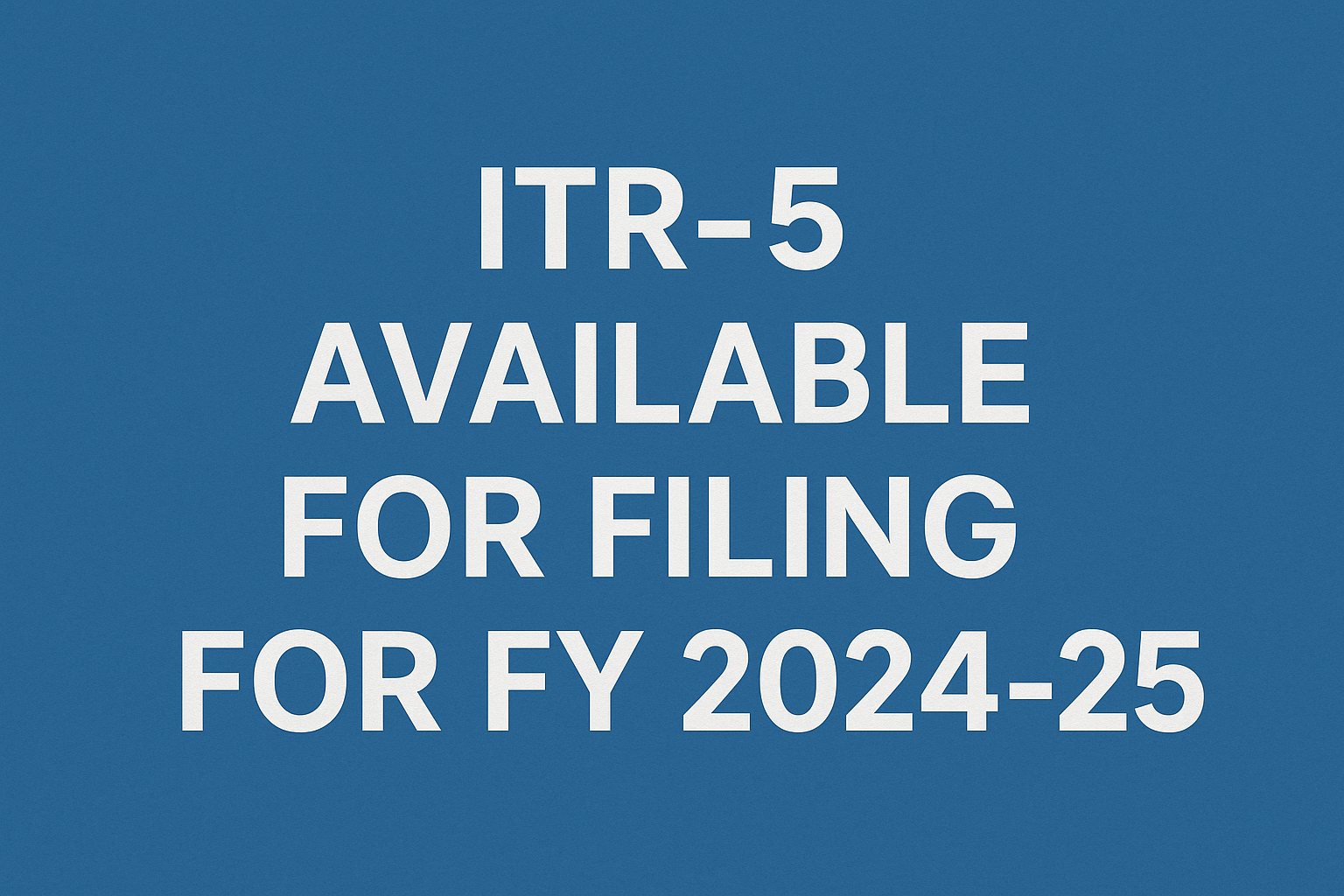With the Introduction of Invoice Management System (IMS), the taxpayers interaction with invoices and business processes will change. This innovative feature empowers taxpayers to seamlessly accept, reject, or keep invoices pending in the system to avail later as and when required, streamlining the reconciliation process, and ensuring greater accuracy and efficiency in GST compliance. Please click here for frequently asked questions (FAQs) on IMS to get a better understanding of the new functionality.
Here is a table version of the FAQs on the Invoice Management System (IMS):
| Sr No. | Question | Reply |
|---|---|---|
| 1 | What is Invoice Management System (IMS)? | Invoice Management System (IMS) is a facility in the GST system where invoices/records saved or filed by the supplier in GSTR-1/1A/IFF can be accepted, rejected, or kept pending by recipients to correctly avail ITC. |
| 2 | How can I access IMS? | IMS can be accessed via the following path on the GST Portal: Dashboard > Services > Returns > Invoice Management System (IMS) Dashboard. |
| 3 | When will IMS be available to taxpayers? | IMS will be launched on the GST Portal from 1st October 2024 and available for actions on received invoices/records from 14th October 2024 onwards. |
| 4 | What records will be available in IMS for action? | All saved or filed original invoices/records and their amendments from suppliers via GSTR1/1A/IFF will be available. Documents where ITC is not eligible due to POS rules or Section 16(4) of the CGST Act will go to the ‘ITC Not Available’ section of GSTR-2B. |
| 5 | What happens to accepted and rejected records? | Accepted/rejected records for a particular GSTR-2B period will be removed from IMS on filing of GSTR-3B for that period. Only pending and future tax period records will remain. |
| 6 | When will documents flow to IMS? | Documents will be available in IMS as soon as they are saved by the supplier in their corresponding GSTR-1/1A/IFF. |
| 7 | When can the recipient taxpayer take action on a record? | Actions can be taken as soon as an invoice/record is saved by the supplier in GSTR-1/1A/IFF. |
| 8 | What records are excluded from IMS but included in GSTR-2B? | Documents from GSTR 5, GSTR 6, ICEGATE, RCM, POS rule-affected records, and ITC-reversed records as per Rule 37A will go directly to GSTR-2B. |
| 9 | Who can access IMS functionality? | Normal taxpayers (including SEZ units/developers) and casual taxpayers can access IMS. |
| 10 | What actions can be taken in IMS? | Actions allowed are Accept, Reject, and Pending. By default, records flow into the “No Action” category and are deemed accepted at the time of GSTR-2B generation. |
| 11 | Are there any invoices/records where pending action is not allowed? | Pending action is not allowed in specific credit note and invoice amendment scenarios outlined in the reply. |
| 12 | Can actions be taken multiple times on a document? | Yes, actions can be taken multiple times before filing GSTR-3B, with the latest action overwriting previous ones. Actions are frozen upon filing GSTR-3B. |
| 13 | What happens if the same record is amended by the supplier? | If the original and amended records belong to different GSTR-2B periods, action must be taken on the original before the amended record. If they belong to the same period, the amended action prevails. |
| 14 | What happens to documents after actions are taken in IMS? | Accepted records go to ‘ITC Available,’ rejected ones to ‘ITC Rejected’ in GSTR-2B, and pending ones remain in IMS. |
| 15 | Which documents are considered for GSTR-2B generation? | Filed, accepted, rejected, and no-action records will be considered for GSTR-2B generation. |
| 16 | What happens if a saved record is edited by the supplier before filing? | The amended record replaces the saved record in IMS, and the recipient’s action is reset. If a document is deleted, it is removed from IMS. |
| 17 | Are Reverse Charge Mechanism (RCM) documents part of IMS? | No, RCM invoices are not part of IMS but will continue to appear in GSTR-2B. |
| 18 | What views are available in IMS? | Recipient view (for inward supplies) and Supplier view (for actions taken by recipients on outward supplies). |
| 19 | What happens if a recipient rejects a record? | If rejected before the supplier files GSTR-1, the record can be edited by the supplier. If rejected after filing, the supplier must amend the record in subsequent GSTR-1/IFF. |
| 20 | What happens to documents in IMS after filing GSTR-3B? | Accepted/rejected records for the specific GSTR-2B period are removed from IMS after GSTR-3B filing. |
| 21 | What happens to documents kept pending in IMS? | Pending records remain in IMS until the cut-off date as per Section 16(4) of the CGST Act, after which they are removed. |
| 22 | Can I download IMS data? | Yes, the excel download facility is available for IMS data. |
| 23 | What is draft GSTR-2B? | Draft GSTR-2B, generated on the 14th of each month, contains accepted, deemed accepted, and rejected records. Rejected records are view-only and do not flow into GSTR-3B. |
| 24 | Can actions be taken after the draft GSTR-2B is generated? | Yes, actions can be taken on draft GSTR-2B records until GSTR-3B filing, after which GSTR-2B is recomputed. |
| 25 | When will GSTR-2B not be generated on the 14th? | GSTR-2B will not be generated if the previous period’s GSTR-3B is not filed by the taxpayer. |
Visit www.cagurujiclasses.com for practical courses










